When Taylor Swift arrived at her first Kansas City Chiefs game back in September, it signaled a new era for the NFL. Thanks to Swift’s attendance, that game became the most-watched Sunday night game since the last Super Bowl–and her influence didn’t stop there.
The pop star’s relationship with Chiefs’ tight end Travis Kelce (and continued presence at his games) has expanded the audience for football games throughout this season, inspiring more women and younger consumers to tune in.
As the Super Bowl draws closer, marketers need to pay attention to these changing demographics and the buzz around football this year to seize the opportunity to tap into a new kind of football audience and get creative about taking part in the conversation.
So how can your brand make the most of this diversified audience expansion to take full advantage of the biggest advertising event of the year?
Big reputation: what Taylor Swift and Travis Kelce’s love story means for NFL viewership and engagement
The NFL has been working to draw viewer demographics like women and Gen Z into the fold for a long time. Growth did happen but results were decidedly mixed; initiatives like offering online recipes for “homegating” targeted at women didn’t always work out.
But Swift and Kelce’s relationship has proved to be a golden ticket. Swift’s first Chiefs game generated a 53% increase in female viewers ages twelve to seventeen and a 63% jump in female viewers from eighteen to forty-nine. Between July and December 2023, the portion of Gen Z and millennial women with favorable opinions of the NFL went up 11 percentage points, from 53% to 64%.
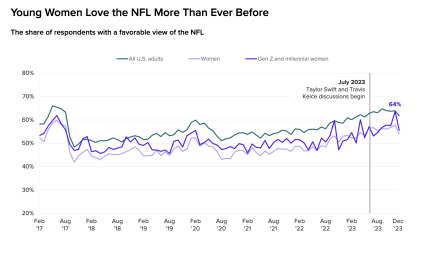
Source: Morning Consult
That power extends beyond the small screen, too; after that game, the NFL posted about Swift 34 times across social channels, nabbing a massive 170 million impressions.
Of course, football was an enormous force in TV before this season. NFL games made up ninety-three of the top 100 rated broadcasts in 2023, according to Nielsen, with games occupying the twenty top spots. But the impact of a certain American singer this season is undeniable, bringing football into pop culture consciousness in a way it rarely has been before and reaching new demographics with rom-com-worthy drama.
With any force this strong, there also comes backlash. Some viewers have complained that Swift is covered too often at games, with cameras cutting to her reaction when Kelce makes a play (it’s worth noting that Swift was only onscreen for less than 25 seconds during an over three-hour game, according to the New York Times).
But these complaints aren’t reflective of the majority of potential viewers, and brands have a great opportunity to leverage Swift and Kelce’s virality. You should take potential fatigue into account when putting together your strategy–despite her current cultural dominance, bringing up anything Taylor-related might end up eliciting negative responses as well as positive ones, depending on your audience.
The 2024 Super Bowl is shaping up to be bigger than ever, and–especially now that Swift’s attendance at the game seems likely–it will be reaching a wider audience than before. According to a new Ad-Age Harris Poll survey, 76% of respondents are planning to watch the Super Bowl this year, up from 63% who said they watched last year.
Advertiser interest has also been high; AdWeek reported that CBS had “virtually sold out” of its Super Bowl ad inventory back in November, and Fox sold 30-second ad spots for up to $7 million.
A big conversation: building a Super Bowl marketing strategy focused on new audiences
If you’ve thought Super Bowl advertising wasn’t the right fit for your brand in the past, it might be time to rethink that. Traditionally brands that specifically target women or younger demographics haven’t always been well-represented in the range of super-expensive Super Bowl commercials, but that’s changing.
Notably, e.l.f. produced their first ad in the Big Game in regional markets last year and is continuing with a major national campaign this year. In the teaser for their ad, the makeup brand summoned Suits stars like Gina Torres and other influencers and celebrities to “Jury Beauty.”
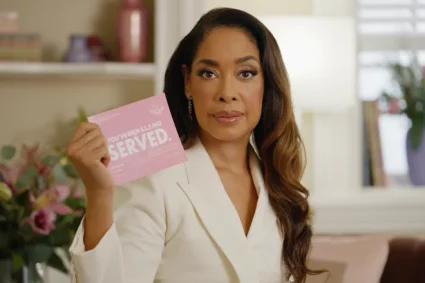
Source: e.l.f.
Of course, not every brand is going to shell out millions for a brief commercial during the broadcast. Luckily, there are plenty of ways to reach your customers with creative, promotions, or social media surrounding the Super Bowl.
One way to tie into the football fervor is to develop creative specifically relating to the Super Bowl, either directly or indirectly. Many brands choose to do that by partnering with the NFL and licensing products that reference team names and logos.
Bauble Bar got in on the action this year by producing a collection of NFL team-branded bracelets taking inspiration from the friendship bracelets Swift’s fans exchange at her shows (and the one Kelce made for Swift with his number on it–no, not his jersey number). The creative goes doesn’t just reference the Big Game, it leans into multiple cultural factors to give fans a way to feel part of the big day.
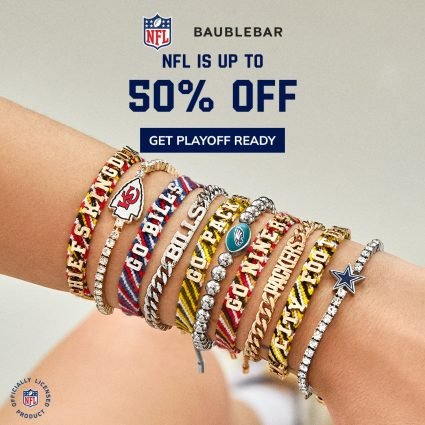
Source: MagicBrief
Advertisers can also make deals with the players themselves. Choosing a specific player whose personality, geographic location, or team fits well with your audience is a smart way to niche down and catch the interest of your audience with a more customized product or promotion.
Another option is pushing game day sales or promotions leading up to the event. Bonus points if the products on sale can be used on the day of the game, like apparel, food, or less conventional connections like homewares.
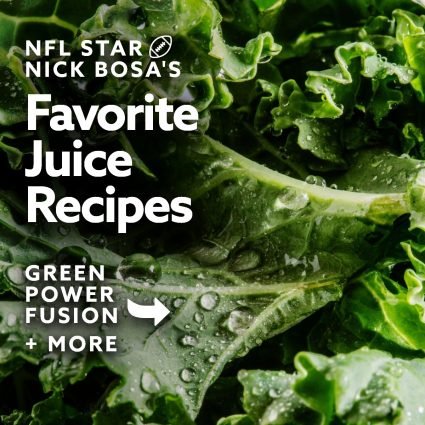
Source: MagicBrief
Interactive content is a great tactic, too. Ecommerce brands should consider creating product quizzes themed around football, the Taylor-verse, or both. You can also drive customer engagement around Game Day by offering giveaways in exchange for online interaction with your brand. An extreme version of this is DoorDash’s bold sweepstakes that offers to send the winner every product featured in Super Bowl ads this year, but you don’t need to hand-deliver a Volkswagon to put together an exciting game-day offer.
Speak now: social media is your A-Team for Super Bowl engagement
Publicity for Swift and Kelce’s relationship and for the NFL more generally has exploded across social media in recent months. Teams, players, commentators, and fans have all chimed in on the couple and the sport alike, amassing endless views and likes.
That translates into major selling power, and there are lots of ways for brands to tap in.
Brands can reference the Super Bowl and its surrounding discourse directly and indirectly on social media. In the indirect route, companies can promote products using oblique mentions of Swift’s lyrics or her fanbase’s inside jokes and lingo.
For the right audience, it may pay dividends for brands to make direct partnerships with the NFL or go all-in with social content about the game. This can be a great playful way to work pop culture into your promo, but be careful when incorporating song lyrics or meme images of Swift and Kelce to avoid violating copyright.
Making content that goes live on the day of the game is a great way to get attention too, especially from younger customers.
A quarter of respondents to the Ad Age-Harris Poll survey said they plan to use social media during the broadcast, but that number was higher for younger viewers: 44% of Gen Zers and 38% of millennials said they’ll be online come game time.
In the past, the go-to platform for live events was X (formerly Twitter). The platform has become a more challenging place for advertisers looking for a brand-safe environment, as content now runs a higher risk of appearing alongside offensive or low-quality posts.
But don’t count X out entirely. Despite the platform’s much-touted demise, a strong text-based competitor for live event updates has not yet emerged. Without one, brands still have to rely on X as a second screen for consumers watching the game. If your brand has maintained a presence on X through the ups and downs, the Super Bowl is the time to use it. Just make sure your social media team is careful to avoid any pitfalls that come with using the platform by avoiding brand-unsafe content and keeping a close eye on replies.
TikTok has made moves in the Super Bowl social arena, but it lacks the event functionality Twitter has and video content may require a higher lift if you don’t have the right processes and partnerships in place. Consider reaching out to your creator partners to see if they might have a fresh angle on Super Bowl and/or Swift-related content that aligns with your brand goals and audience targets.
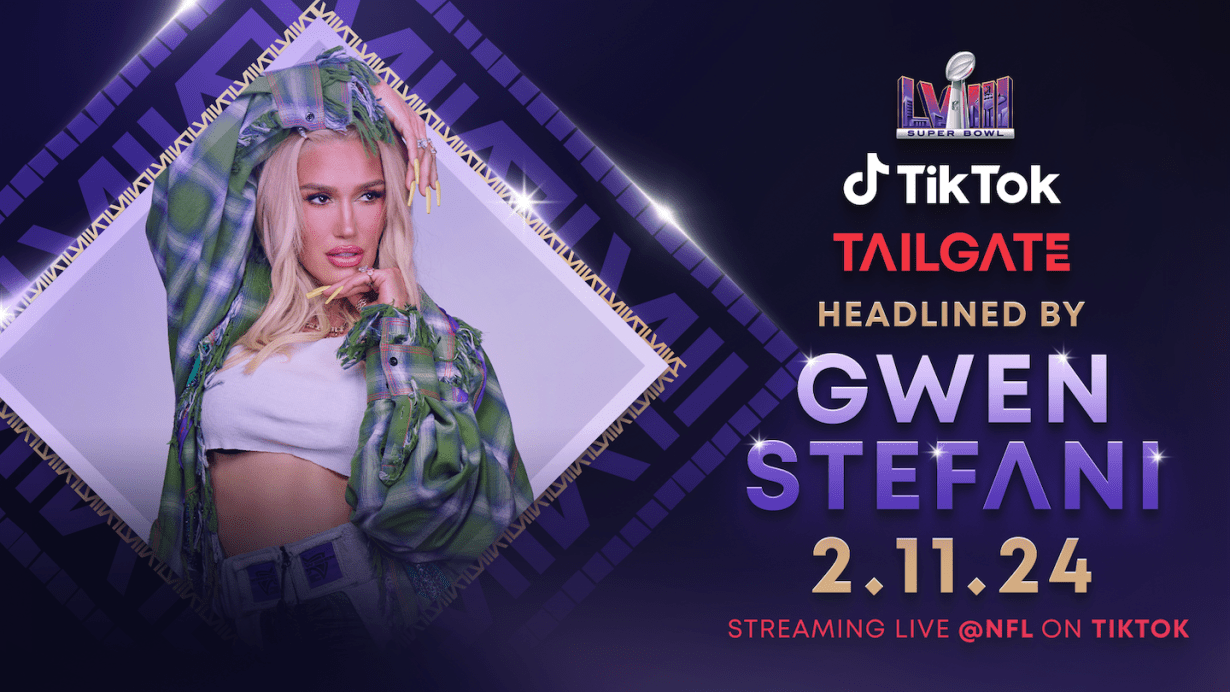
At this point, we don’t know if the league’s newfound popularity on social media and expanded audience will endure beyond Taylor’s rookie year, but it’s clear the NFL and advertisers have a huge opportunity to capitalize on a new wave of young and female viewers.
A more diverse fanbase will change the game for both players and advertisers. As the Super Bowl evolves, only brands that keep a pulse on new trends will be ready for it.
Build a better streaming strategy for the Big Game and beyond by downloading our guide to Changing Channels: Building a Smarter Streaming TV Strategy.

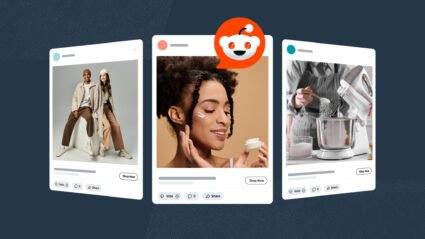
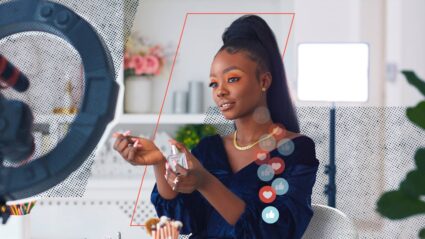


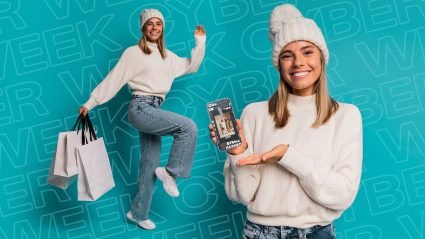

Responses